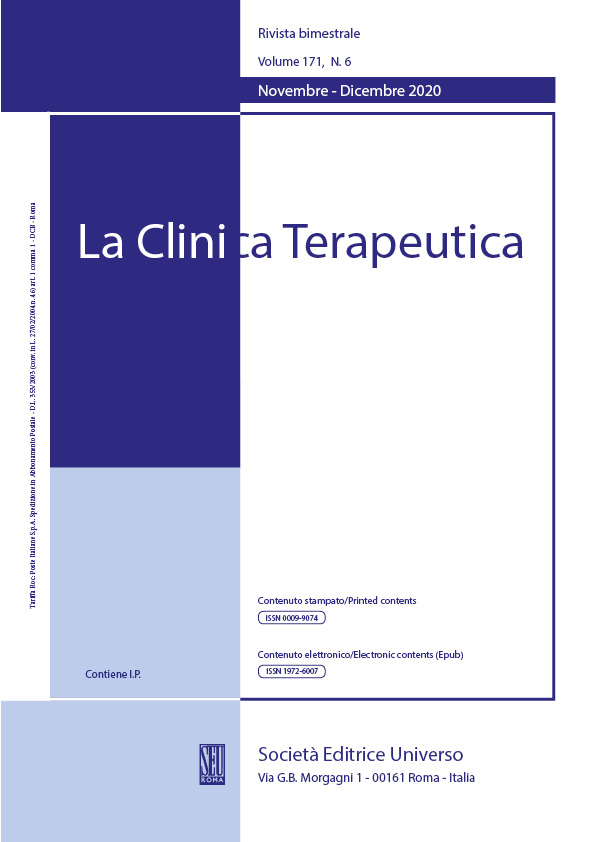Abstract
Background. Splenosis is the presence of ectopic autotransplantation of splenic tissue in various compartments of the human body, occurring after rupture of the splenic parenchyma.
Methods. A systematic PubMed and Scopus search was conducted.
Results. The mean age of the patients was 51.7 years. The majority of patients were of female gender. An emergency presentation was noted in 30 out of 85 patients, having abdominal pain as main symptom. The principal reason for splenectomy were traffic accidents. The time span between splenectomy and the initial symptoms ranged between 1 and 57 years. The most frequent symptom at presentation of pelvic splenosis was abdominal pain. Almost a quarter of the included patients were without any symptom. Presence of extrapelvic splenosis was descripted in almost half of the included patients. With regards to the type of treatment provided, exploratory laparotomy, laparoscopic surgical exploration / laparoscopy, robotic removal of splenium and watchful waiting, were performed in 35 (41.2%), 32 (37.6%), 3 (3.5%) and 15 (16.3%) patients, respectively. No fatality was reported.
Conclusion. Pelvic splenosis is a rare clinical condition. It may mimic several clinical conditions and mislead diagnosis. The clinical history of splenectomy for trauma or different other reasons may establish diagnosis and exclude other morbidities. Excision and complete removal of pelvic splenosis nodules is not always necessary and it depends on the clinical symptomatology. Careful imaging and precise assessment with the assistance of nuclear medicine may lead to correct diagnosis and avoid unnecessary surgical interventions.
